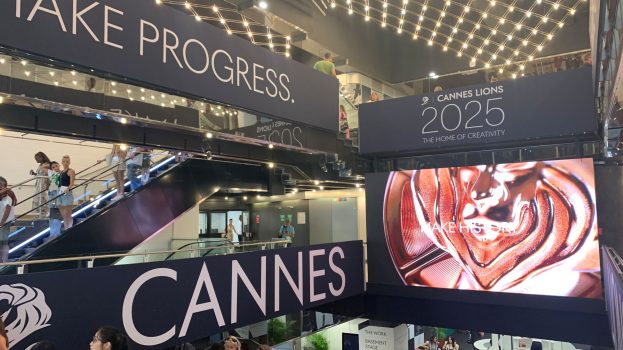By John Dutton
Mars is the America’s sixth-largest privately owned corporation, so when it revealed a makeover of its famous M&M mascots last week, there was bound to be some controversy.
Were they jumping on a diversity and inclusion bandwagon? Had they “gone woke”? Nope. If you look back to 2018 the company’s chairman Steven Badger, who is a great-grandson of founder Franklin Mars, said his eyes were wide open to the realities of the world.
“There are a range of issues that are very serious facing the world and that are a direct threat to our business if not addressed, as well as a threat to the planet overall,” he said. “So whether [that’s] climate change or labor issues in our supply chain or diversity and inclusion or health and well-being, these are really key issues that are significant challenges, as well as opportunities to our business.”
This isn’t the first time the M&M characters have been updated. In 1997, the green M&M’s sexy look was launched at the Superbowl. Well, now she’s swapped her go-go boots for some relaxing sneakers to reflect, in the company’s words, her “effortless confidence.” In other words, the mascots have become more inclusive, representing a range of neurodiverse personalities.
The change stems from a genuine desire to show corporate leadership in challenging times. Great. Seriously, I’m impressed. But in their desire to leverage their brand characters to create a kinder, gentler world, I’m wondering whether Mars isn’t simply diluting its assets.
The company said in a press release that the M&M characters will adopt “more nuanced personalities to underscore the importance of self-expression and the power of community through storytelling.” But good storytelling (and good advertising) requires tension, and often conflict. An ad campaign works best when it posits an enemy of some kind. The historical touchstone for this idea was the positioning by famous JWT copywriter James Young, who made rampant body odour as an obstacle to romance for American women in a series of incredibly successful ads for Odorono almost one hundred years ago.
When it comes to branded characters, probably the most famous antagonist is Ronald McDonald’s adversary the Hamburglar, who over the thirty-year battle between the two became every marketer’s dream: a cultural fixture. Since the Hamburglar was put out to pasture, McDonald’s marketers haven’t needed to invent a fictional villain, with the golden arches brand regularly trolled by the Burger King. Now there’s a brand that really owns the enemy…
Is there a chance that, if the new M&Ms are only supportive and empowering to each other, they may simply become less interesting? It’s a conundrum that many creators face: how do you be inclusive while finding an antagonist to propel your story? In the olden days it was enough to give a character a foreign accent.
But what if the red M&M, who used to be a bully, became somewhat antagonistic by being confused or insecure? There are genuine opportunities here to have discussions between the characters that explore the kinds of interpersonal dynamics my teenage daughter hears about constantly on TikTok. Or what if an outside enemy for the M&Ms were to be created that (almost) everyone can agree on? How about the climate catastrophe? That’s a very real and present danger for the red M&M to be anxious about. For a candy that melts in your mouth and not in your hand, it’s a storyline waiting to happen!
The marketing people at Mars aren’t dummies. They knew they were faced with a “damned if you do, damned if you don’t” situation. Diversity and inclusion is worth fighting for, even when your weapons are mascot stand-ins for candy-coated chocolates. And this character makeover really isn’t woke corporate bandwaggoning. The proof? Mars also announced last week that goals for issues like carbon neutrality and deforestation are now tied to executive compensation.
Now that’s walking the climate change walk, whether those execs are wearing sneakers or go-go boots!
























